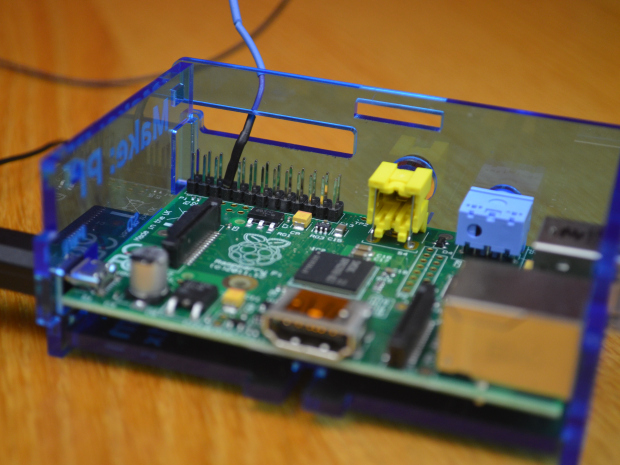The Banana Pi has an Allwinner A20 ARM Cortex-A7 dual-core processor, a Mali 400 graphics core, 1GB of DDR3 RAM, an SD card slot, two USB 2.0 slots and Ethernet. Other features include a SATA slot (for up to 2TB of storage), an infrared receiver, red and green LEDs, and 3.5-millimeter audio out ports. It also has UART, GPIO and I2C bus connectors. The board is powered through a micro-USB slot. It supports the Ubuntu Linux and Debian Linux OSes, and also Android 4.4, code-named KitKat.
The HummingBoard has an even faster processor — the Freescale quad-core i.MX6 Cortex-A9 — as well as a high-definition graphics core, HDMI output, Ethernet and two USB 2.0 ports. Other components include a mini PCI-Express and mSATA connector. In also includes a MIPI CSI connector and 26-pin connector.
Raspberry Pi alternatives arrive and fill a need for speed – Computerworld.
In a sign that the RPi is on to something we’re starting to see a lot of competition in the inexpensive card sized computer space. Both boards should be available shortly in the sub-$100 range.

